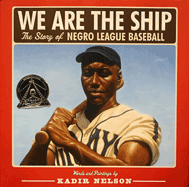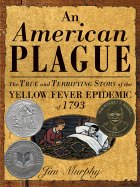This post was originally published in Nick Glass’ monthly column for Curriculum Connections, an e-newsletter published by School Library Journal in partnership with TeachingBooks.net. Subscribe to this free newsletter here.
Recently I’ve been watching and listening to elementary school students as they engage with nonfiction. The range of topics that excite them is extraordinary and their conversations about their reading remind me how powerful a stimulus books can be to exploration and critical thinking.
In this column, I’m highlighting a few ready-to-use online materials about informational books for students of all ages. These audio and video recordings reveal authors’ passions as well as their research processes. My hope is that readers will deepen their understanding and extend their conversations about these titles after they enjoy these glimpses into each book’s creation.
Join Nic Bishop on a spider safari and in his studio as he photographs an arachnid for Nic Bishop Spiders (Scholastic, 2007).
Watch and listen to Phillip Hoose and Claudette Colvin as they discuss the events recounted in Hoose’s Claudette Colvin: Twice Toward Justice (Farrar, 2009).
Celebrate Women’s History Month while learning about the 13 women who inspired Tanya Lee Stone to write Almost Astronauts (Candlewick, 2009).
View author/illustrator Kadir Nelson as he talks about his research and illustrations for the award-winning We Are the Ship: The Story of Negro League Baseball (Hyperion, 2008).
Listen to Jim Murphy share background on the devastating yellow fever epidemic that struck Philadelphia in 1793, as recounted in his absorbing An American Plague (Clarion, 2003).
Learn why research into the explorer’s life for his book Sir Walter Ralegh and the Quest for El Dorado (Clarion Books, 2000) reminded historian Marc Aronson of “the essence of adolescence.”
Watch MacArthur Fellow David Macaulay in his studio as he reveals how and why he created The Way We Work (Houghton Mifflin, 2008).
For more online resources about nonfiction materials, see TeachingBooks.net’s collection of multimedia materials about books and authors that have been recognized by the Robert F. Sibert Informational Book Medal committees.
And just for fun, enjoy this geography lesson plan that brings authors into the fold by hearing them share the origins of their names. Bon voyage, as you go around the world in 42 names!

Posted by Nick Glass, Founder & Executive Director of TeachingBooks.net








What a cool website “Around the World in 40 Names”. It fits right in with the state summer reading club theme. Thanks Nick for a very useful site.